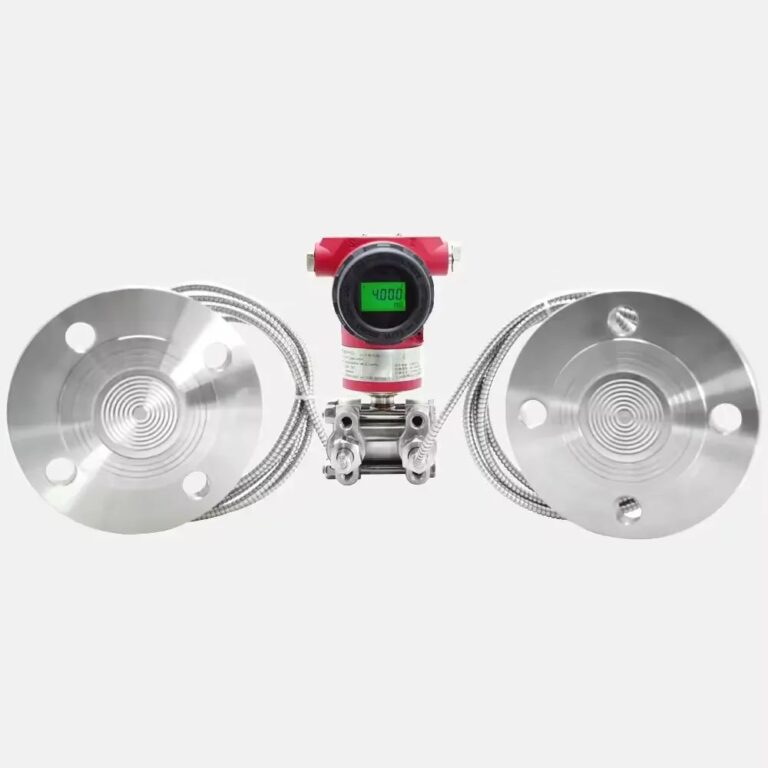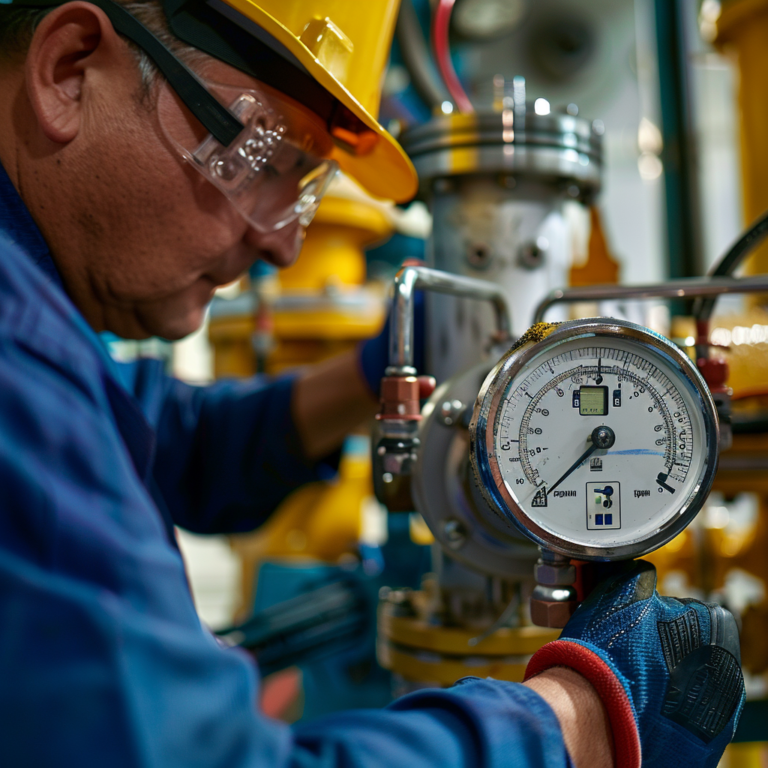Pressure sensors are generally composed of metal structural components and electrical circuits. Some transmitters are also equipped with display panels or are used in conjunction with digital indicators. Users typically perform basic maintenance on these transmitters, such as checking electrical connections, cleaning the transmitter, replacing seals, changing terminal blocks, and adjusting zero points and ranges. It is important to install pressure sensors only when there is no applied pressure or power supply, and this should be done by qualified technical personnel.
1. Pressure Sensor Measurement Deviation
Pressure sensors need to be calibrated periodically to ensure accurate readings. For high-accuracy transmitters, it is recommended to send the device back to the manufacturer or a metrology testing organization for calibration approximately once a year. Regular calibration is crucial for maintaining measurement precision over time. This step ensures that any drift in the sensor’s performance is corrected and that the readings remain within acceptable tolerance levels.

2. Unstable Output Signal from the Pressure Sensor
If the output signal from the pressure sensor is unstable, the issue may stem from the pressure source itself. In some cases, the pressure source may not be stable, causing fluctuating sensor readings. If the pressure value is confirmed to be stable but the sensor’s output signal remains erratic, it may indicate that the sensor has been overloaded or that improper operation has led to damage in the sensor or associated instrumentation.
To troubleshoot this issue, check the pressure source for stability. If the pressure source is stable, ensure that the sensor itself is properly calibrated and functioning. If necessary, inspect the wiring and connections to rule out potential electrical issues. It is important to avoid exceeding the sensor’s specified range to prevent overload.
3. Pressure Sensor Reading Remains Constant
If the pressure sensor’s reading remains unchanged, even when pressure is applied, several factors should be checked. First, inspect the pressure interface to ensure that there are no leaks or blockages in the system. If no issues are found with the pressure interface, check the wiring and power supply to confirm they are functioning correctly. In cases where both are normal, the next step is to verify that the sensor’s zero-point output and resistance values are within specifications.
If these parameters are incorrect, it may indicate improper installation or user error, potentially leading to damage to the sensor or connected instruments. It is important to ensure proper installation and correct operation to prevent such issues. Additionally, check for any external factors, such as environmental conditions, that might be affecting the sensor’s performance.

4. General Maintenance and Preventive Measures
To extend the lifespan of your pressure sensors and minimize the likelihood of malfunction, follow these general maintenance guidelines:
- Routine Inspection: Regularly check for signs of wear and tear, particularly on seals and connectors.
- Cleaning: Clean the sensor housing and ensure that the pressure ports are free from dust and debris.
- Calibration: Periodically calibrate the sensor to maintain accuracy, especially in high-precision applications.
- Environmental Considerations: Protect the sensor from extreme temperatures, humidity, and corrosive environments that can cause degradation.
By adhering to these practices, you can ensure that your pressure sensors remain accurate, reliable, and functional throughout their service life.
